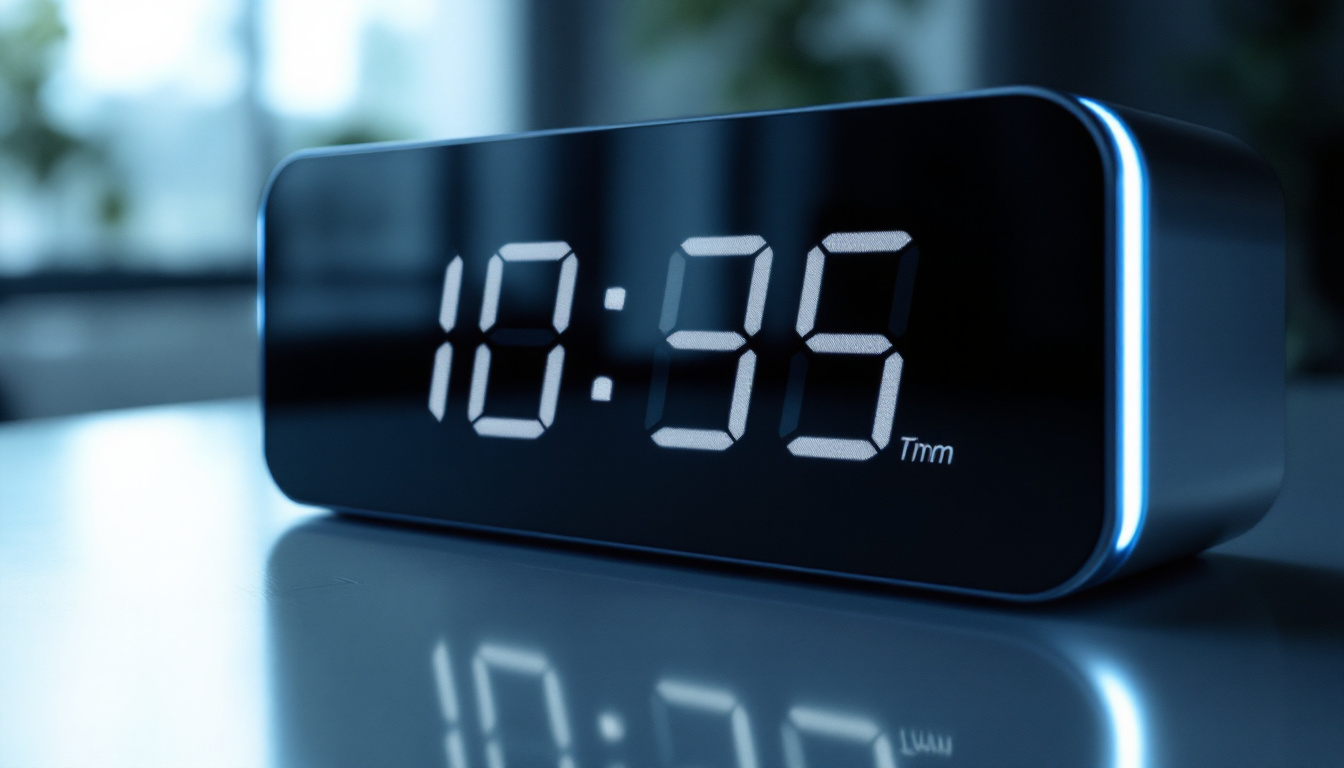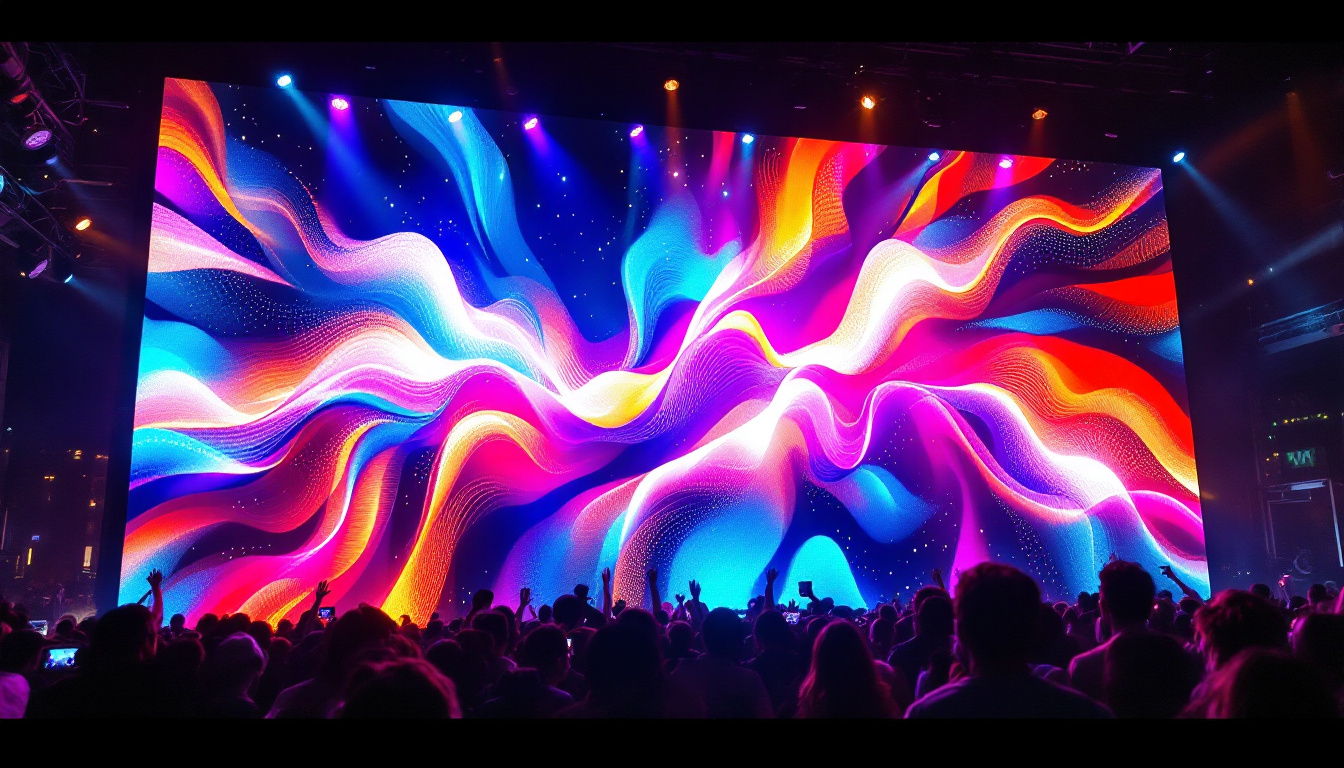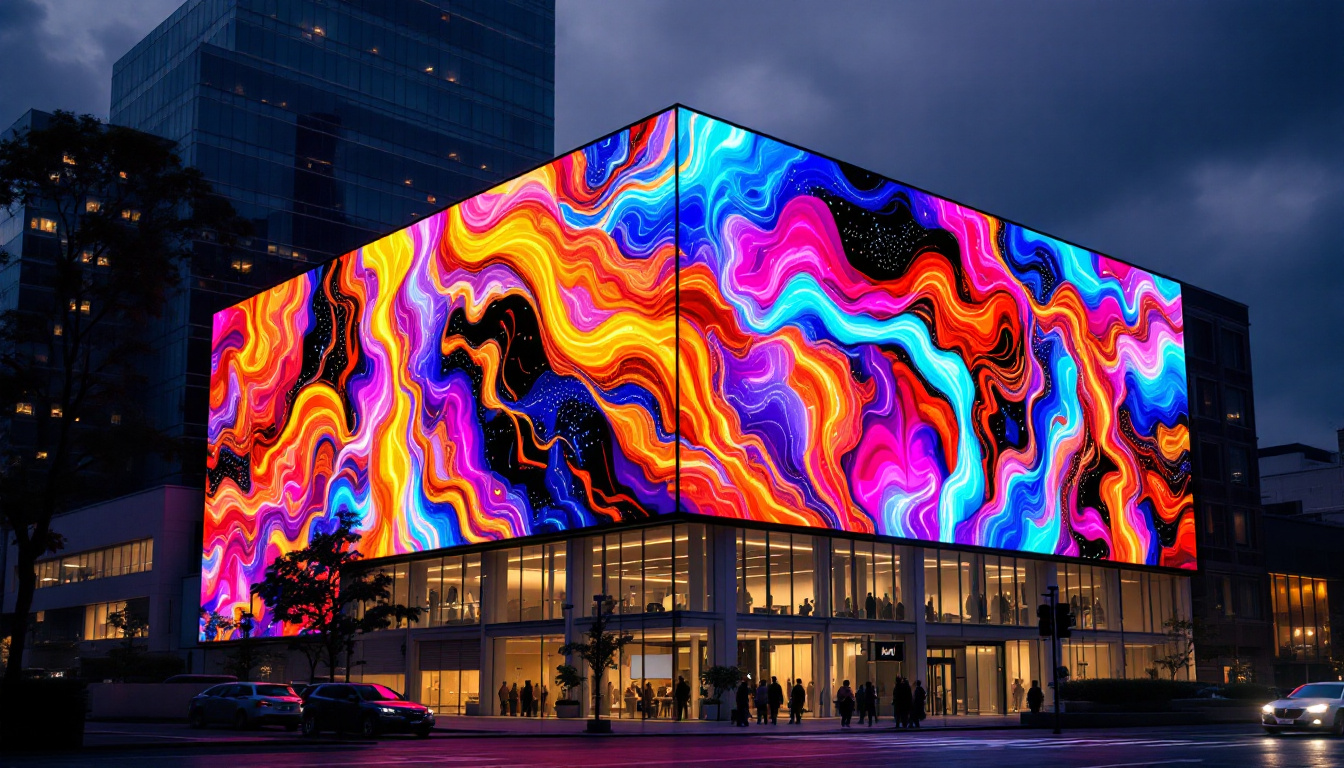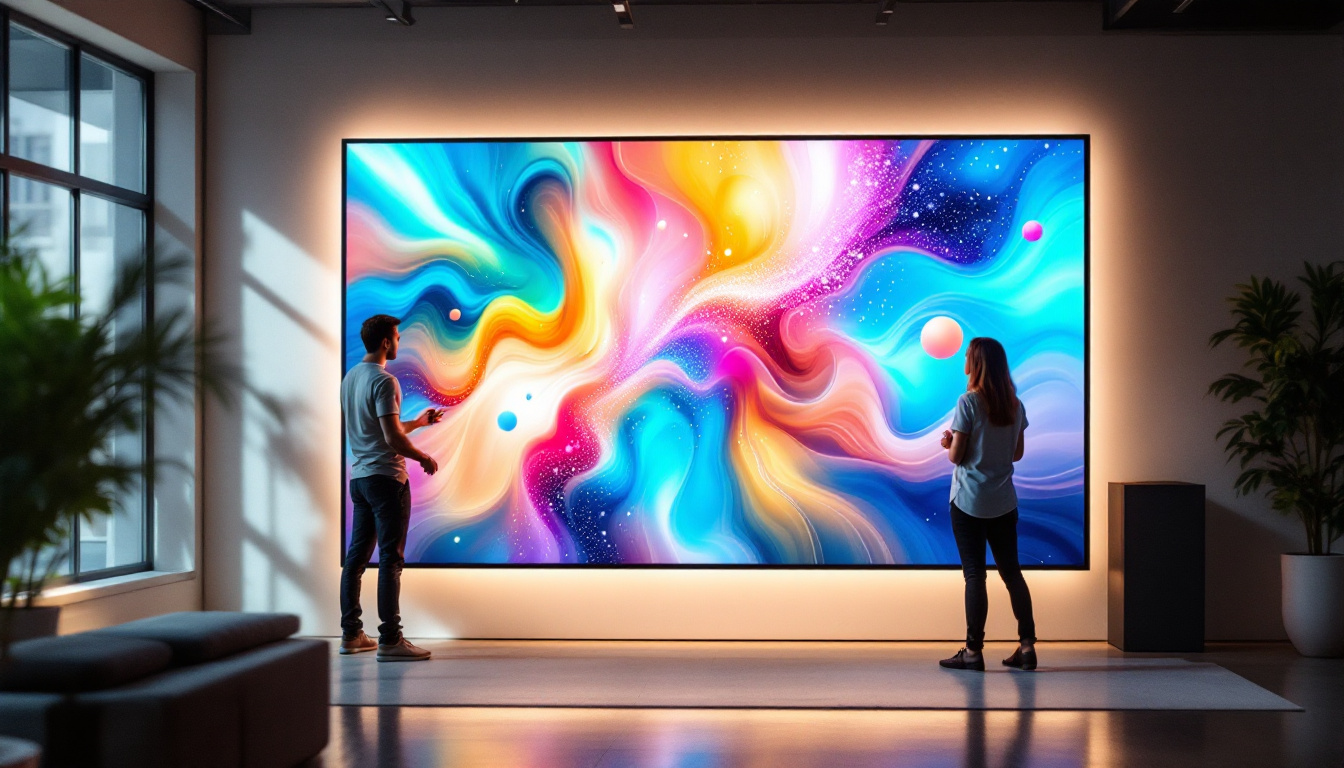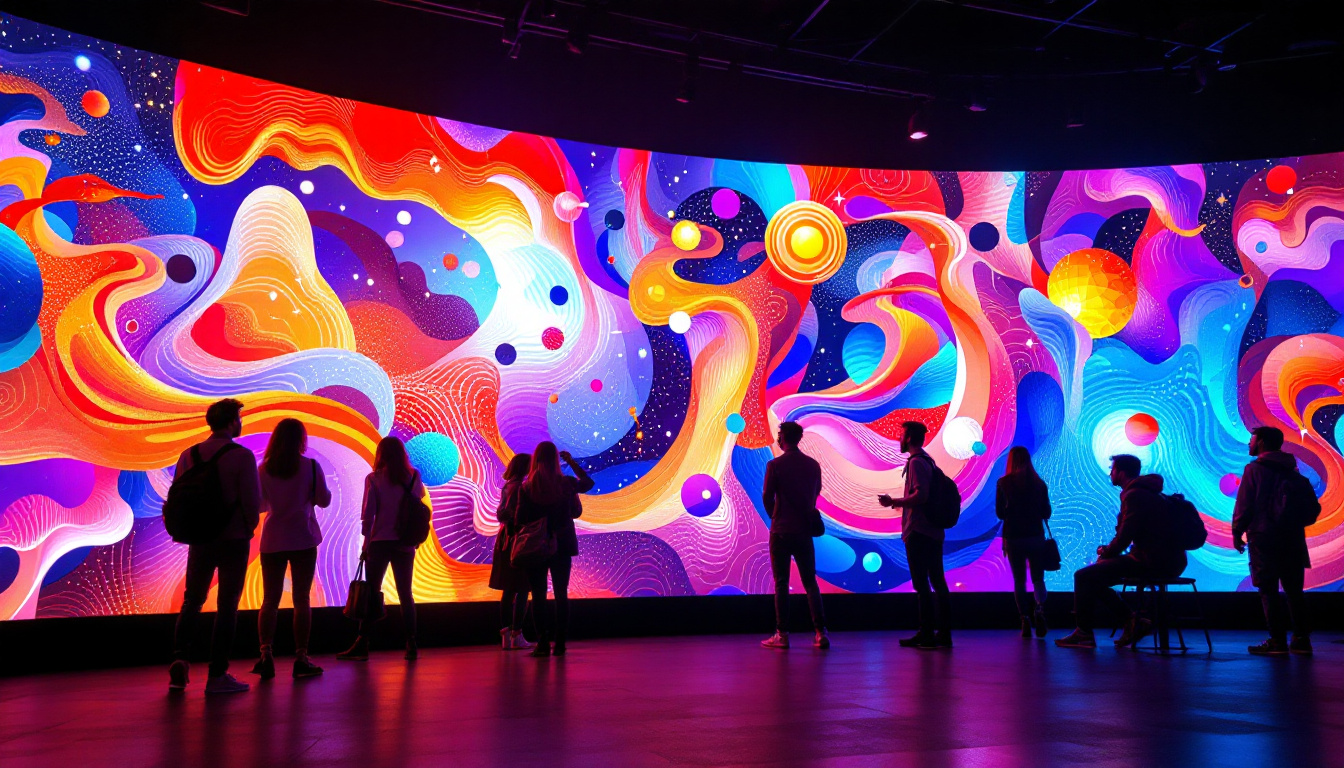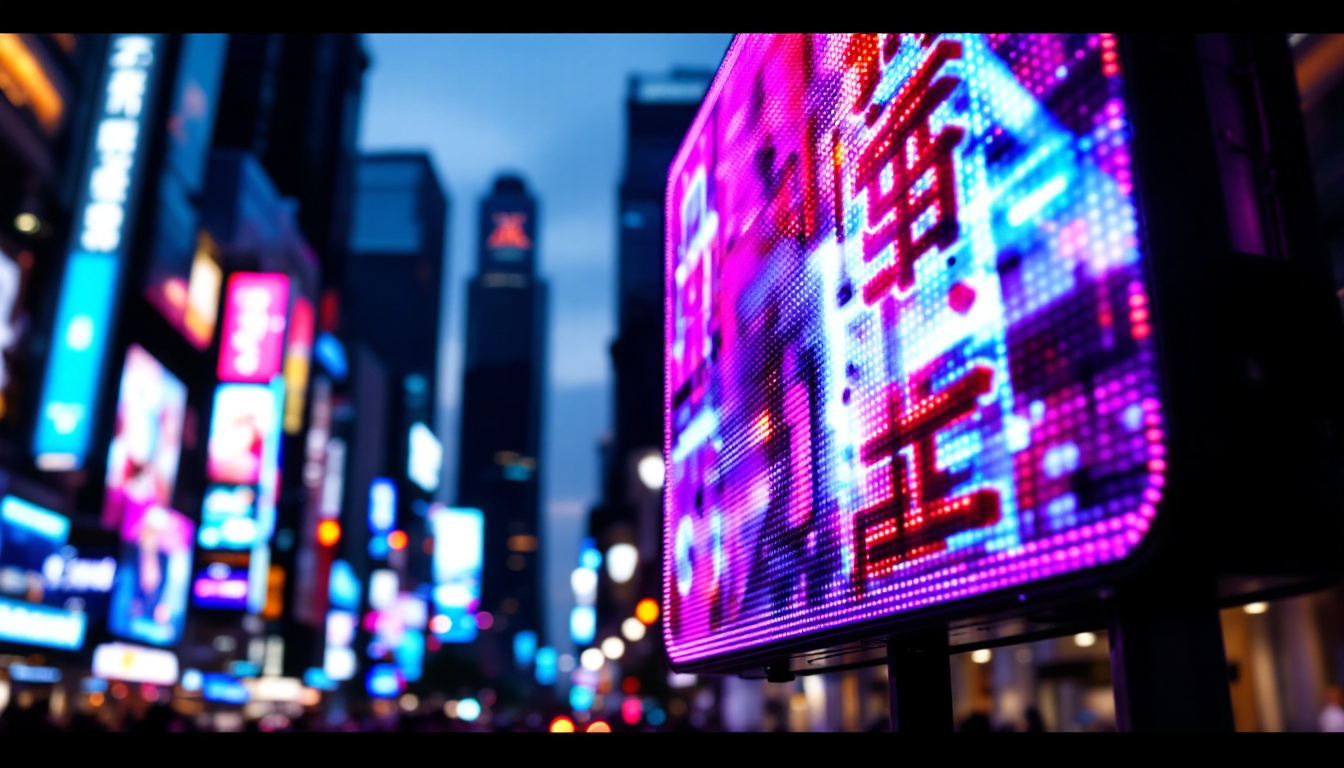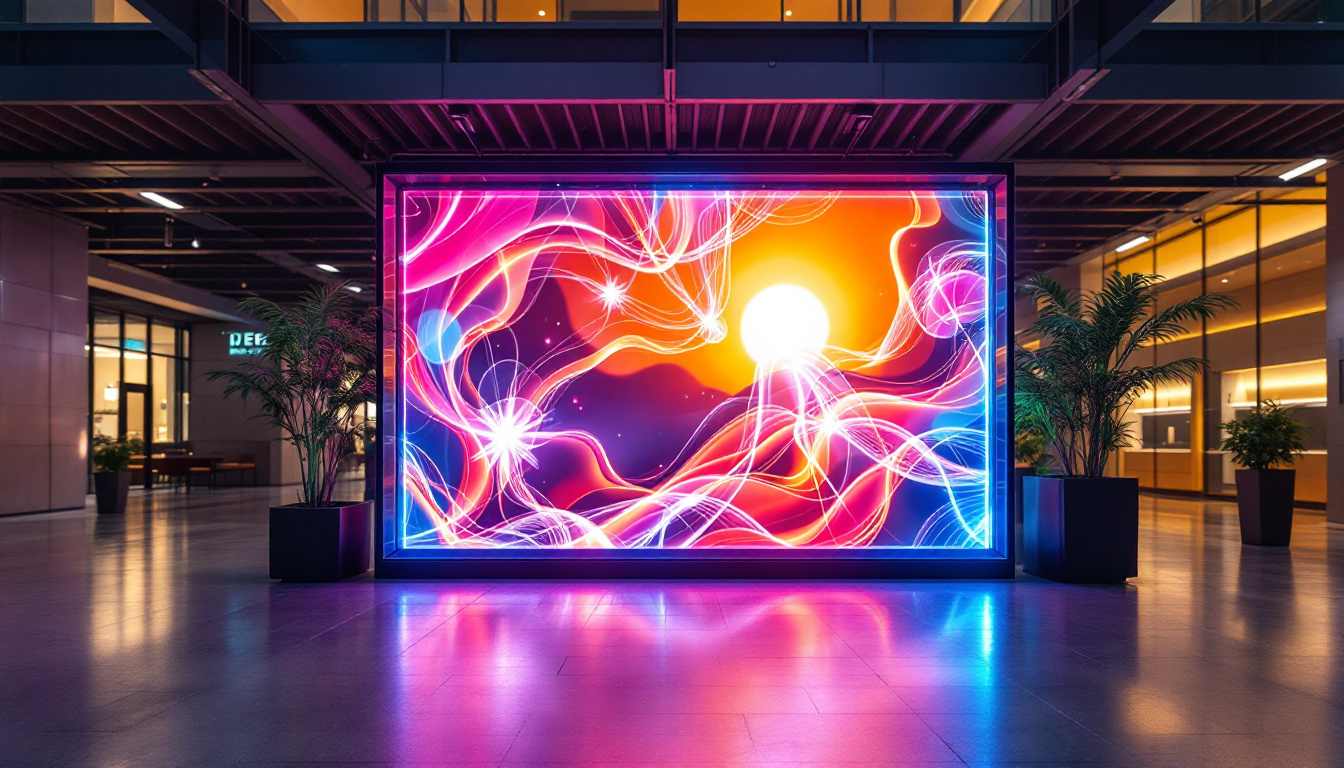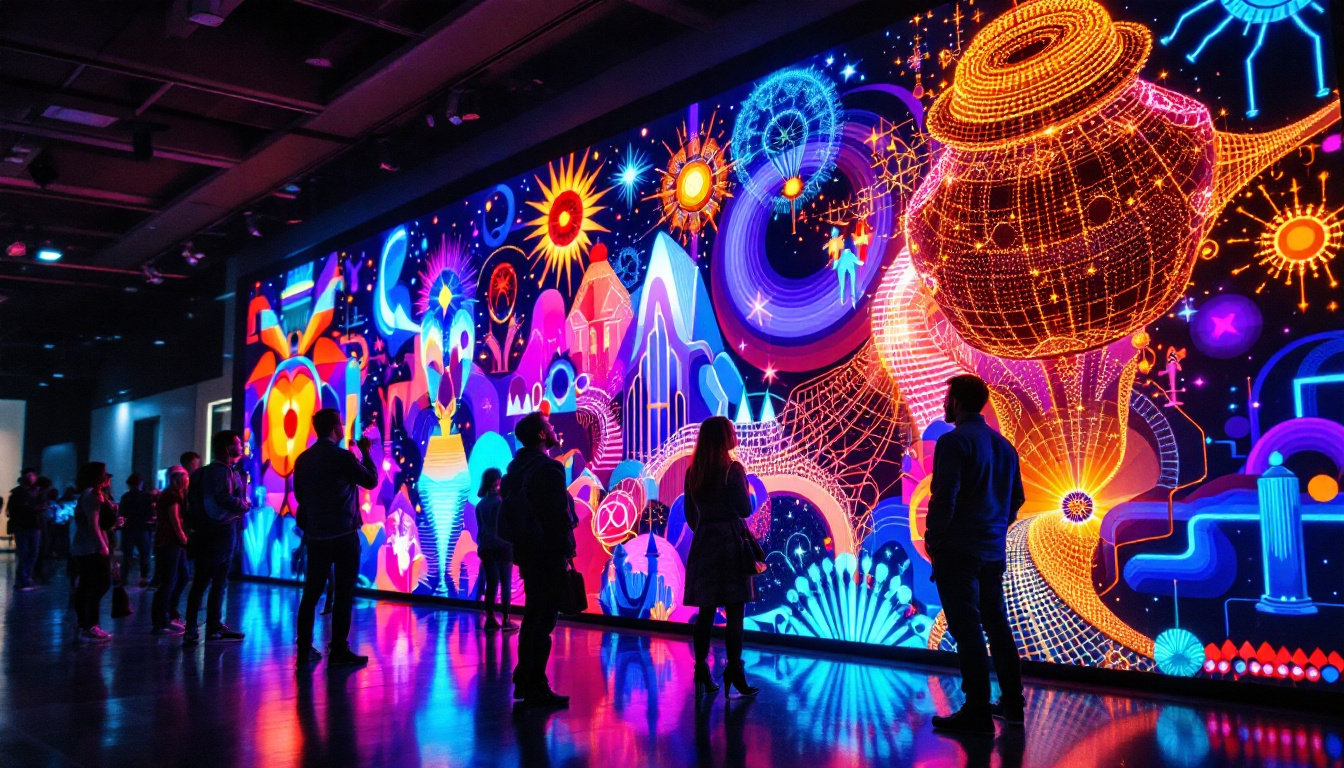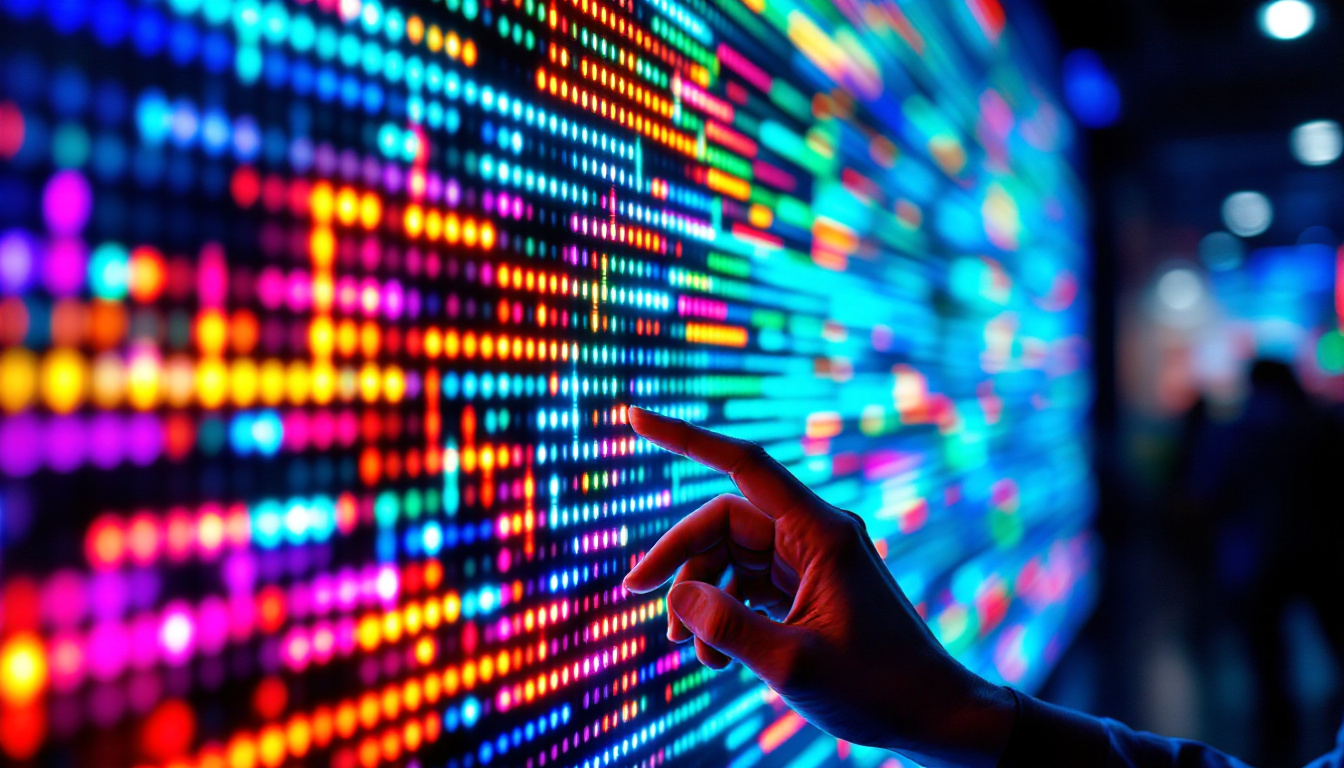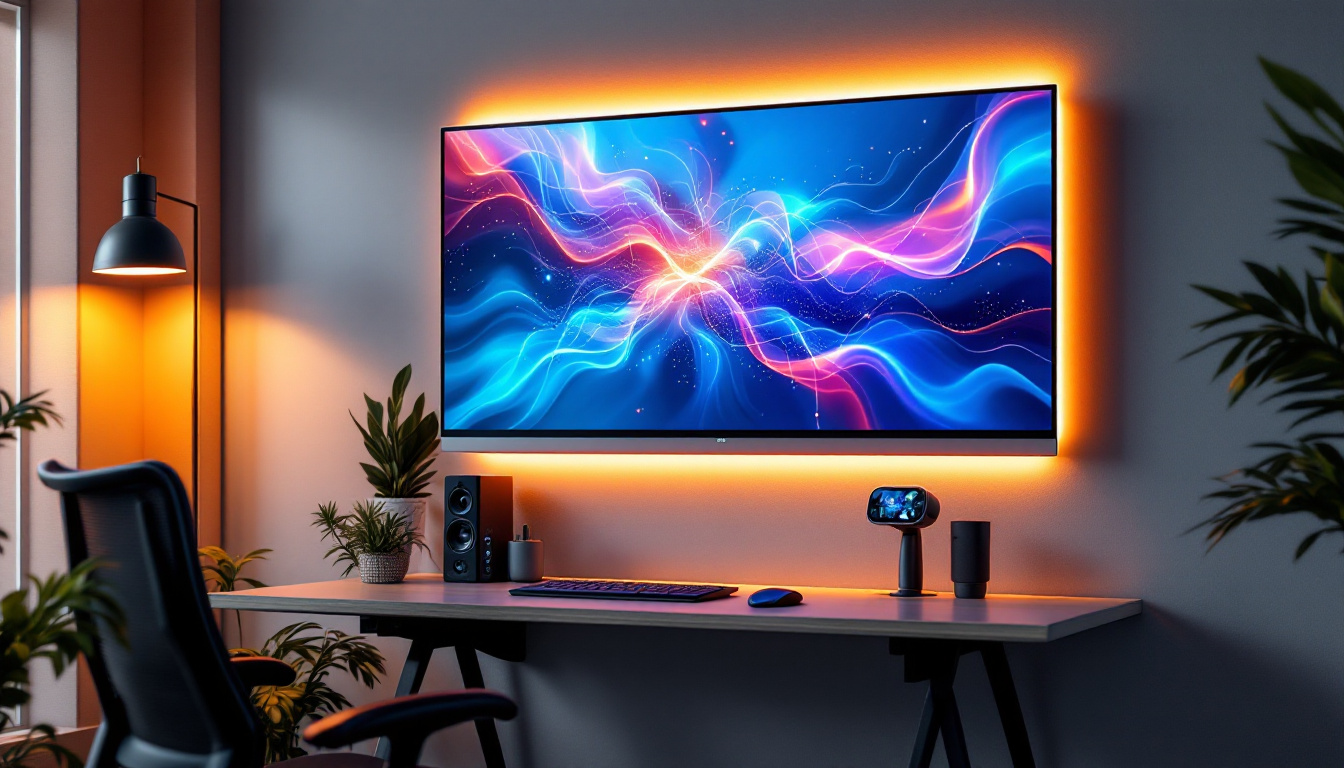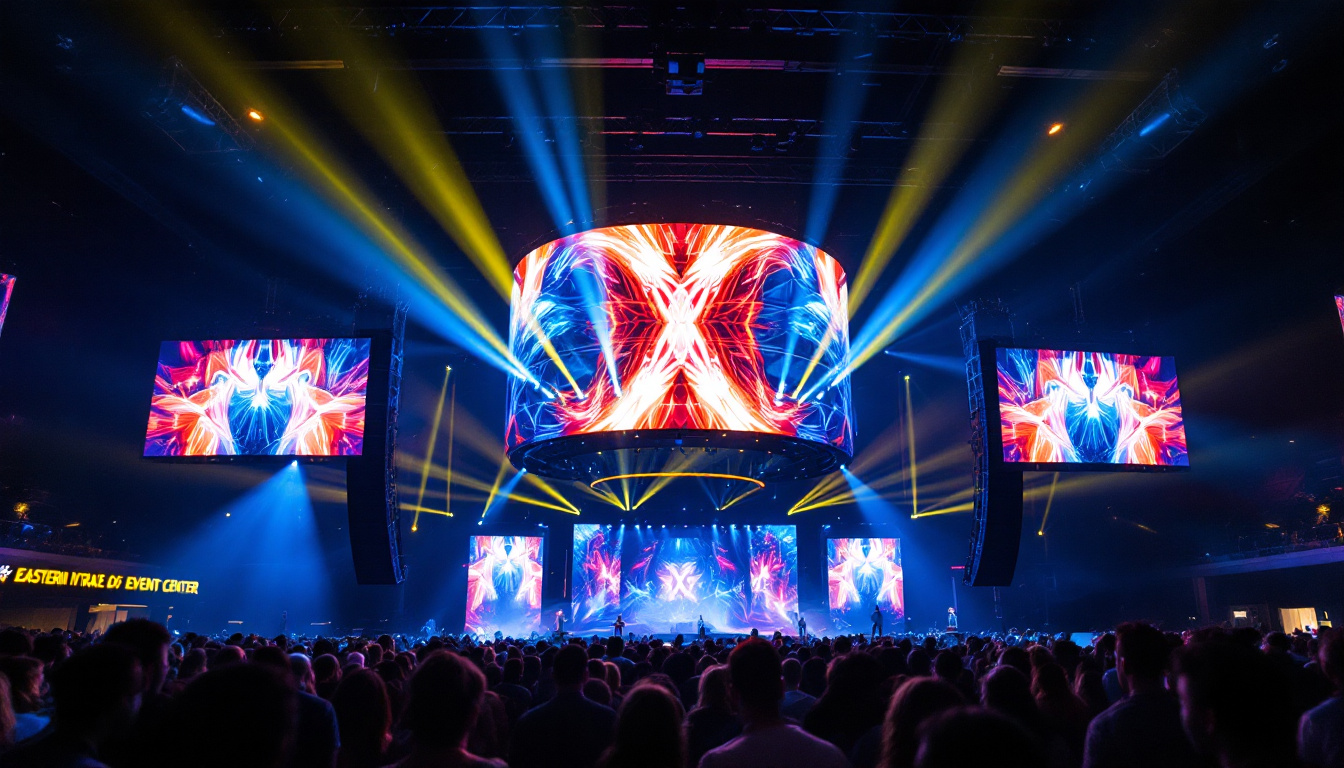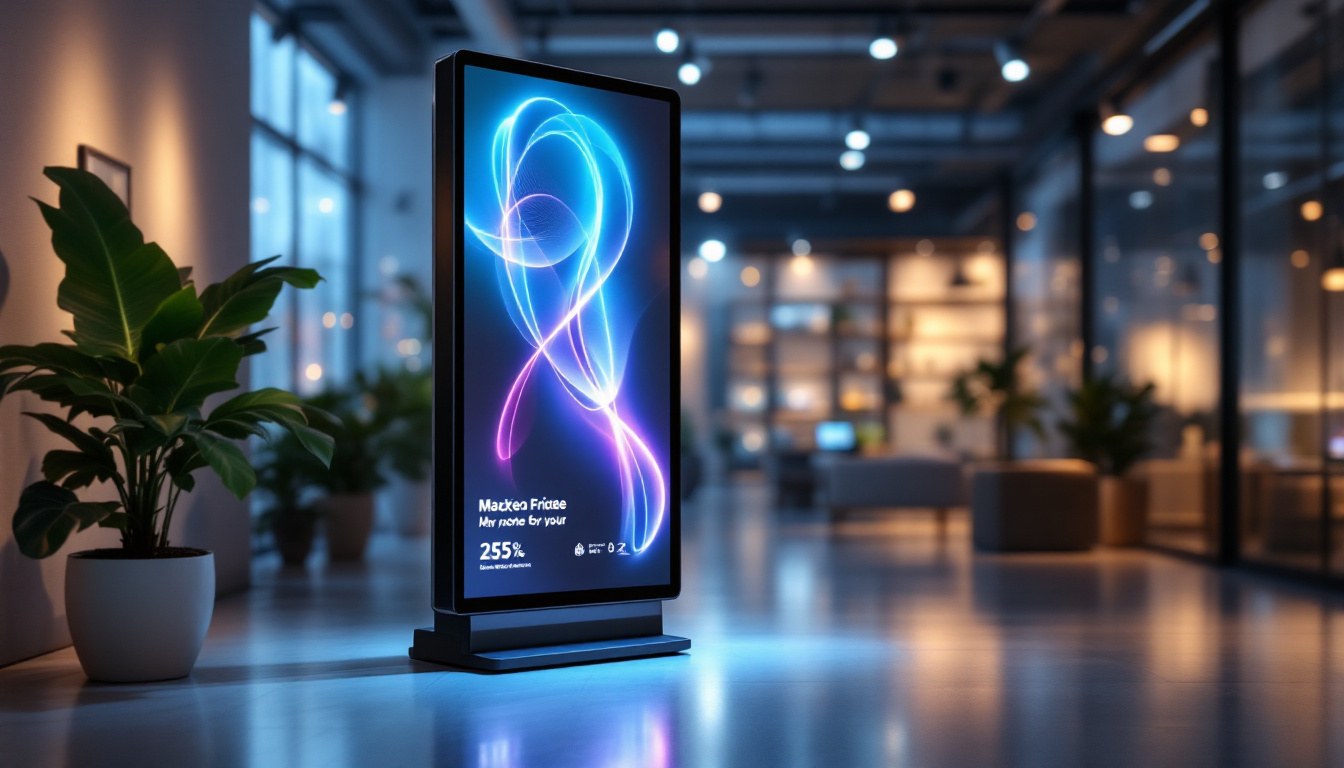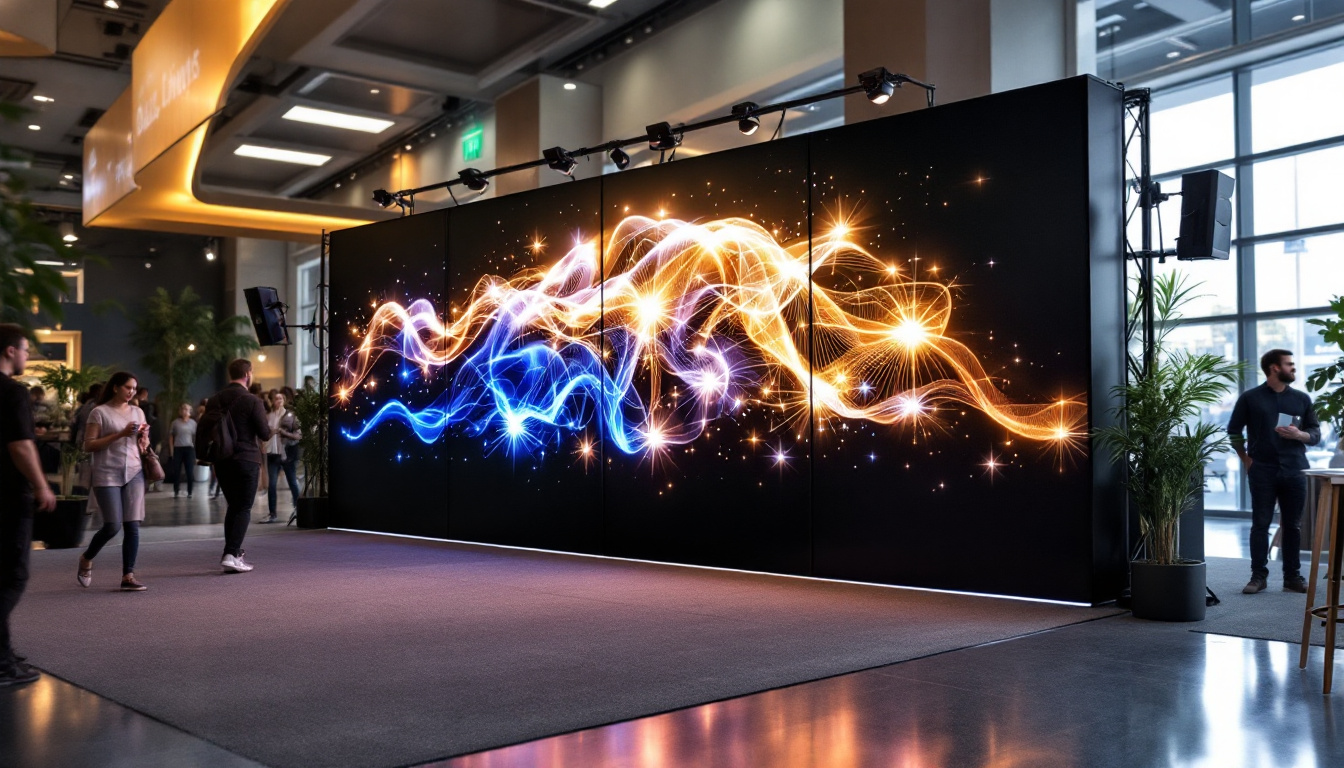Digital Clock LCD: LED Display Explained
In the realm of timekeeping, digital clocks have become a staple in both homes and workplaces. With their sleek designs and easy-to-read displays, they offer a modern alternative to traditional analog clocks. Among the various types of digital clocks available, those that utilize LCD (Liquid Crystal Display) and LED (Light Emitting Diode) technology stand out for their clarity and efficiency. This article delves into the intricacies of digital clocks, focusing on LCD and LED displays, their functionalities, and the advantages they bring to daily life.
Understanding Digital Clock Technology
Digital clocks have evolved significantly since their inception. At their core, they rely on electronic components to keep time accurately. The two most common display technologies used in these devices are LCD and LED. Each has its unique characteristics and applications, making them suitable for various environments.
The Basics of LCD Technology
Liquid Crystal Display (LCD) technology works by manipulating light through liquid crystals. These crystals do not emit light directly but instead modulate the light that passes through them. An LCD screen typically consists of several layers, including a backlight, polarizers, and the liquid crystal layer itself. This combination allows for the creation of sharp and vibrant images, making it an ideal choice for digital clocks.
One of the significant advantages of LCD technology is its energy efficiency. LCD clocks consume less power compared to their LED counterparts, making them a popular choice for battery-operated devices. They are also known for their ability to display time in various formats, including 12-hour and 24-hour formats, catering to different user preferences. Additionally, many LCD clocks come equipped with features such as alarms, snooze functions, and even temperature displays, enhancing their functionality and making them versatile for everyday use. Their compact design often allows them to fit seamlessly into any decor, whether on a bedside table or a kitchen counter.
Exploring LED Technology
Light Emitting Diode (LED) technology, on the other hand, is based on semiconductor materials that emit light when an electric current passes through them. LED displays are known for their brightness and visibility, even in low-light conditions. This makes them particularly suitable for environments where clocks need to be easily readable from a distance, such as in public spaces or large auditoriums.
LED clocks can also be designed in various colors and styles, allowing for customization that appeals to different aesthetic preferences. Furthermore, they often have a longer lifespan compared to LCDs, making them a durable choice for long-term use. However, they may consume more power, especially when used in bright settings. The versatility of LED technology extends beyond mere timekeeping; many modern LED clocks incorporate additional features such as Bluetooth connectivity, allowing users to sync their devices for alarms and notifications. Some models even include ambient light sensors that adjust brightness based on the surrounding light conditions, ensuring optimal visibility at all times. This blend of functionality and style makes LED clocks a popular choice for both home and office environments, where they serve not just as timekeepers but also as decorative elements that enhance the overall ambiance.
Comparing LCD and LED Displays
When choosing between LCD and LED displays for digital clocks, several factors come into play. Understanding the differences between these technologies can help consumers make informed decisions based on their specific needs and preferences.
Brightness and Visibility
Brightness is a crucial factor when it comes to the readability of digital clocks. LED displays generally outperform LCDs in this regard. The emitted light from LEDs is more intense, which means that LED clocks can be read easily in bright sunlight or dimly lit rooms. This characteristic makes LED displays a preferred choice for outdoor clocks or those used in brightly lit environments.
Conversely, while LCDs can be bright, they may struggle in direct sunlight. However, advancements in LCD technology have led to improvements in visibility, making modern LCD clocks more competitive in various lighting conditions. Some manufacturers have developed specialized coatings and backlighting techniques that enhance the visibility of LCD screens, allowing them to perform better in challenging light scenarios. This innovation has made LCD clocks a viable option for users who prioritize aesthetics and display quality over sheer brightness.
Energy Efficiency and Lifespan
Energy efficiency is another critical consideration. LCD clocks typically consume less power, which can be advantageous for battery-operated models. This efficiency translates to longer battery life, reducing the frequency of replacements. Additionally, LCDs tend to have a longer lifespan when used in environments where they are not frequently turned on and off.
On the other hand, LED displays, while generally consuming more power, have a longer operational lifespan due to their durability. LEDs can last for tens of thousands of hours, making them a reliable choice for long-term usage without the need for frequent replacements. Moreover, the robust nature of LED technology means that these displays are less susceptible to damage from impacts or environmental factors, making them ideal for use in high-traffic areas or outdoor settings. As technology continues to evolve, the gap in energy consumption between LCD and LED displays may narrow, but for now, the choice often comes down to the specific application and user requirements.
Applications of Digital Clocks
Digital clocks equipped with LCD or LED displays find applications in a wide range of settings. Their versatility makes them suitable for various environments, from homes and offices to public spaces and industrial settings.
Home and Office Use
In residential settings, digital clocks serve as functional decor, often placed on bedside tables or kitchen counters. Their clear displays make it easy for individuals to check the time at a glance. Many modern digital clocks also come with additional features such as alarms, timers, and even temperature displays, enhancing their utility. Some models even include smart technology, allowing users to sync them with their smartphones or smart home systems, providing notifications for appointments or reminders right on the clock face.
In office environments, digital clocks are essential for maintaining schedules and ensuring punctuality. LED displays are often favored in conference rooms and reception areas due to their visibility from a distance. Additionally, some digital clocks are designed to synchronize with network time protocols, ensuring accurate timekeeping across multiple devices. This synchronization is particularly important in large organizations where precise timing is critical for operations, meetings, and communications. Furthermore, the integration of countdown timers in certain digital clocks can aid in managing project deadlines and time-sensitive tasks effectively.
Public Spaces and Industrial Applications
In public spaces, such as train stations, airports, and shopping malls, digital clocks play a vital role in helping people manage their time effectively. LED clocks are particularly popular in these settings due to their brightness and visibility, ensuring that travelers can easily read the time from afar. These clocks often feature large, bold numerals and are designed to withstand various environmental conditions, making them reliable for outdoor use as well. Some public digital clocks even incorporate additional information, such as flight or train schedules, providing a comprehensive time management tool for busy travelers.
Moreover, in industrial applications, digital clocks are often used in manufacturing and production environments. These clocks may be integrated with other systems to provide real-time updates on production schedules or shift changes, helping to streamline operations and improve efficiency. In addition to standard timekeeping, some industrial digital clocks are equipped with features like countdown timers for processes that require precise timing, as well as synchronization with machinery to ensure that operations run smoothly. This capability not only enhances productivity but also contributes to safety by ensuring that workers are aware of shift changes and critical timeframes during operations.
Innovations in Digital Clock Design
The design of digital clocks has evolved significantly over the years, with innovations aimed at enhancing functionality and aesthetics. Modern digital clocks often incorporate advanced features that cater to the needs of contemporary users.
Smart Clocks and Connectivity
With the rise of smart home technology, digital clocks have also embraced connectivity features. smart clocks can sync with smartphones and other devices, allowing users to receive notifications, control smart home systems, and access weather updates directly from their clocks. This integration of technology enhances the functionality of digital clocks, making them more than just timekeepers.
Additionally, many smart clocks come equipped with voice assistant capabilities, enabling users to set alarms, ask for the time, or control other smart devices using voice commands. This hands-free functionality adds convenience to daily routines, making smart clocks an appealing choice for tech-savvy individuals.
Customization and Aesthetic Appeal
Another trend in digital clock design is customization. Many manufacturers now offer clocks with customizable displays, allowing users to choose different colors, fonts, and styles. This personalization aspect appeals to consumers looking to match their clocks with their home decor or personal preferences.
Furthermore, the aesthetic appeal of digital clocks has improved significantly. With sleek designs and modern materials, digital clocks can serve as stylish accessories in any setting. Whether it’s a minimalist design for a contemporary home or a retro-inspired clock for a vintage aesthetic, the variety of options available ensures that there is a digital clock for every taste.
Conclusion
Digital clocks with LCD and LED displays have transformed the way people keep track of time. With their clear visibility, energy efficiency, and innovative features, these clocks cater to a wide range of applications and preferences. Understanding the differences between LCD and LED technology can help consumers make informed choices when selecting a digital clock that best suits their needs.
As technology continues to advance, the future of digital clocks looks promising. With the integration of smart features and customizable designs, digital clocks are set to become even more essential in daily life. Whether for home, office, or public use, these timekeeping devices will undoubtedly remain a vital part of modern living.
Discover the Future of Timekeeping with LumenMatrix
Embrace the innovation and clarity that LumenMatrix brings to the world of digital timekeeping. As a leader in LED display technology, LumenMatrix offers a wide array of advanced LED display modules, from vibrant Indoor and Outdoor LED Wall Displays to dynamic Vehicle and Sports LED Displays. Whether you’re looking to enhance your brand’s visibility or create a captivating visual experience, our solutions like the LED Poster Display, Floor LED Display, and the revolutionary All-in-One LED Display are designed to meet your needs. Experience how our Custom LED Displays and Transparent LED solutions can transform your space and communication. Don’t miss out on the opportunity to elevate your environment with our cutting-edge LED display solutions. Check out LumenMatrix LED Display Solutions today and step into the future of digital clocks and visual storytelling.

